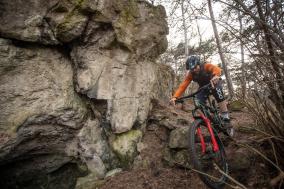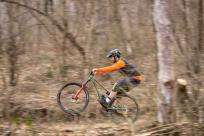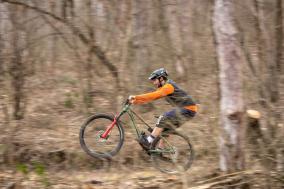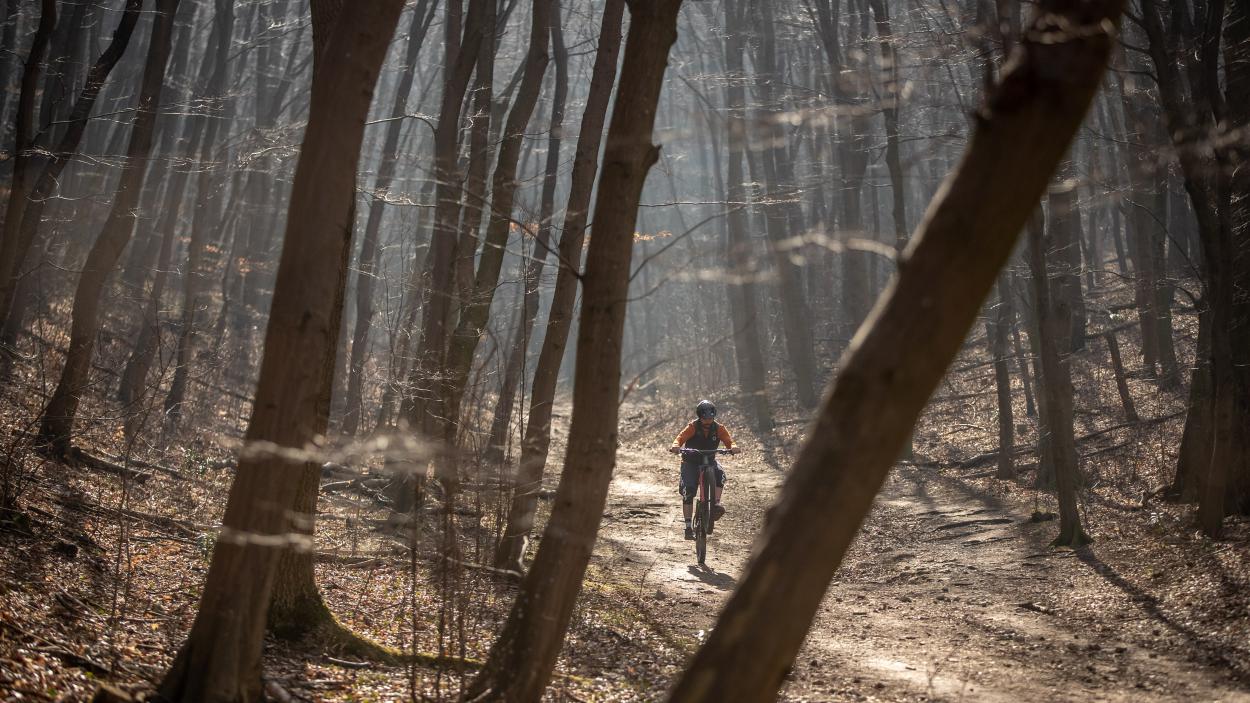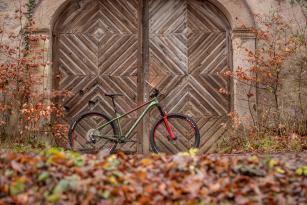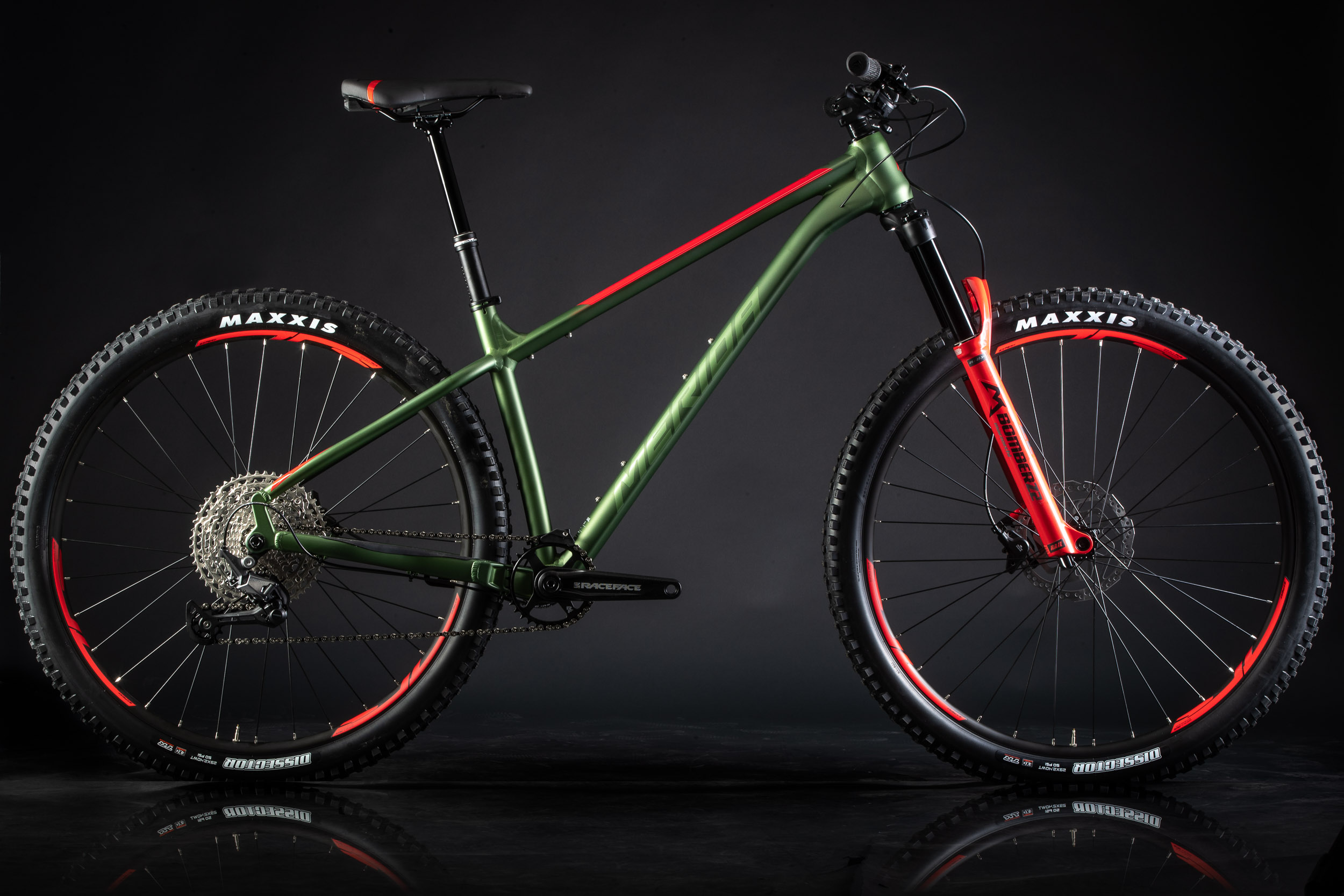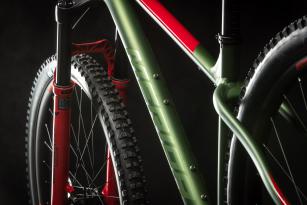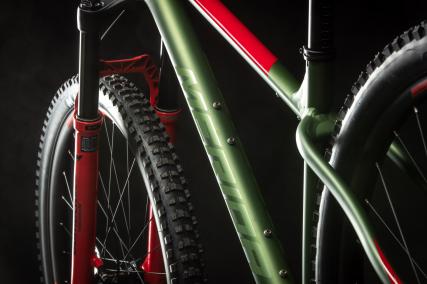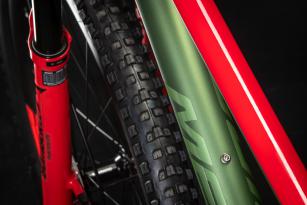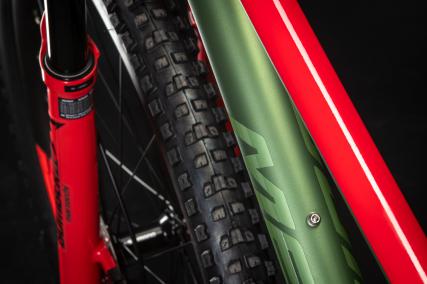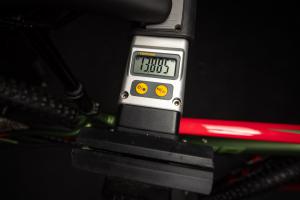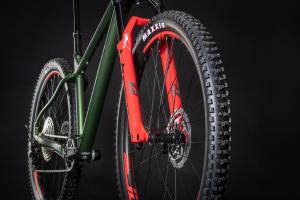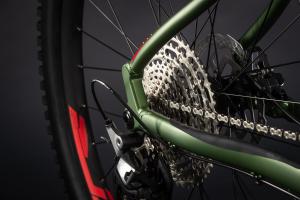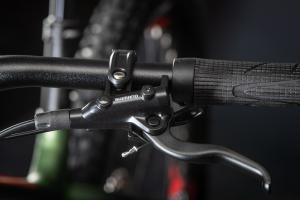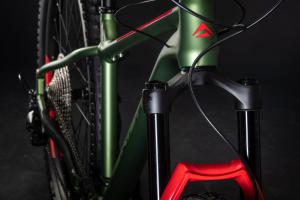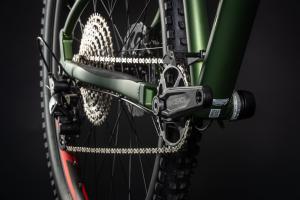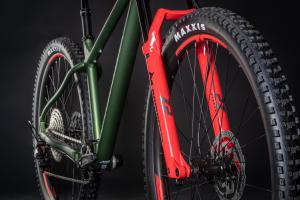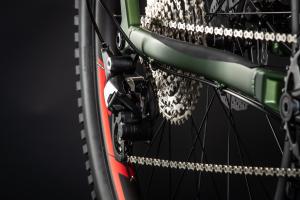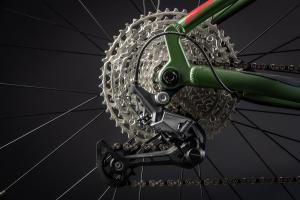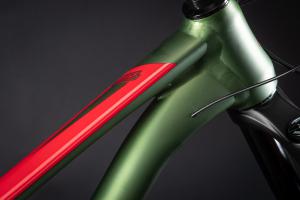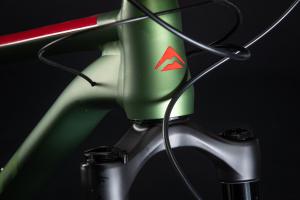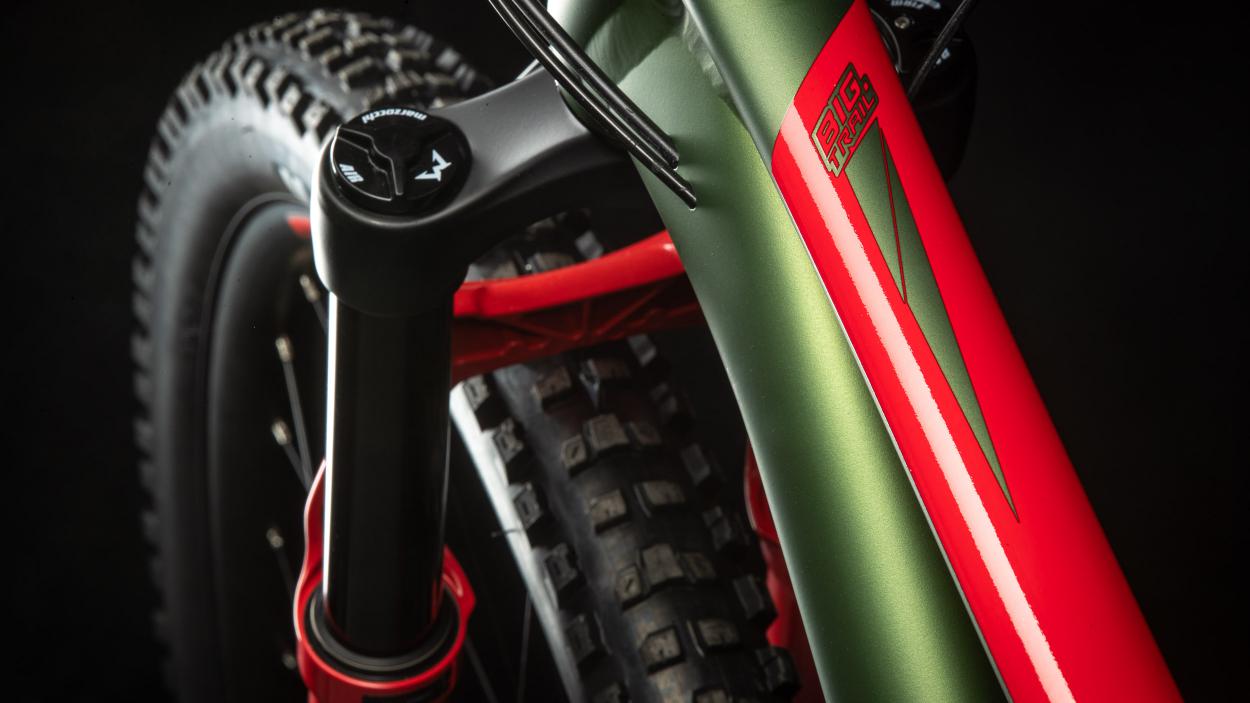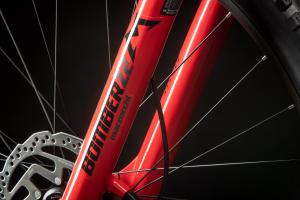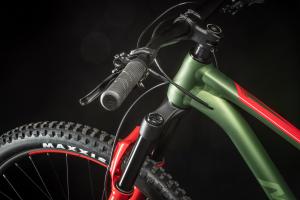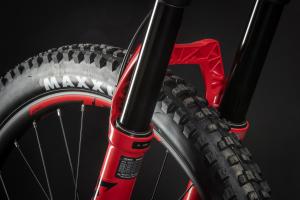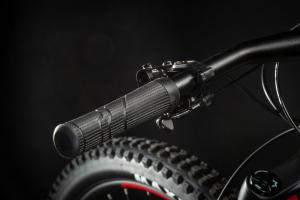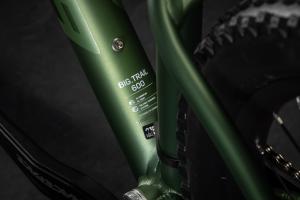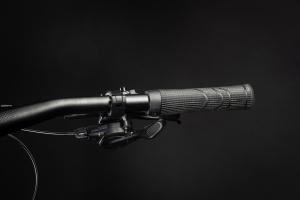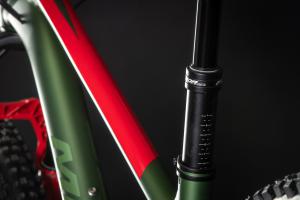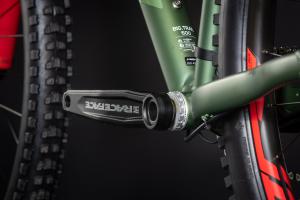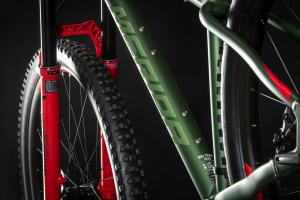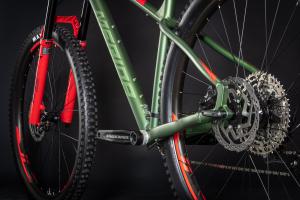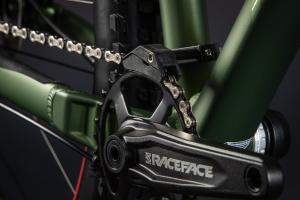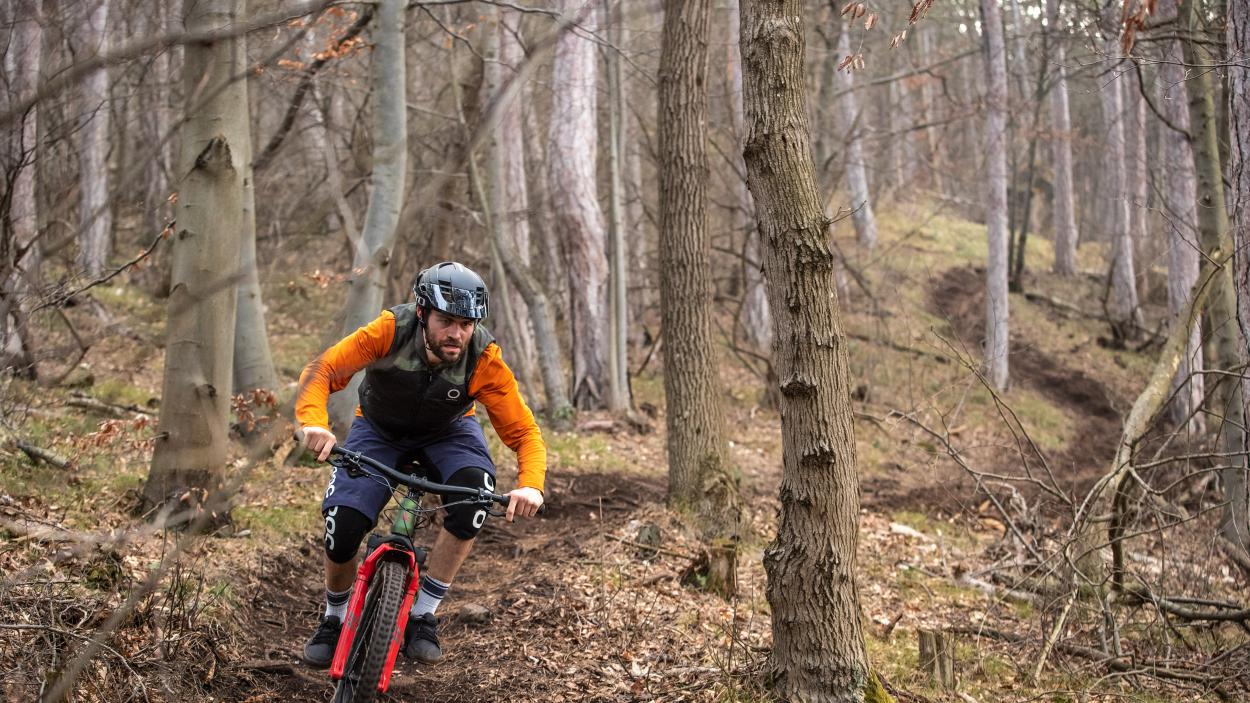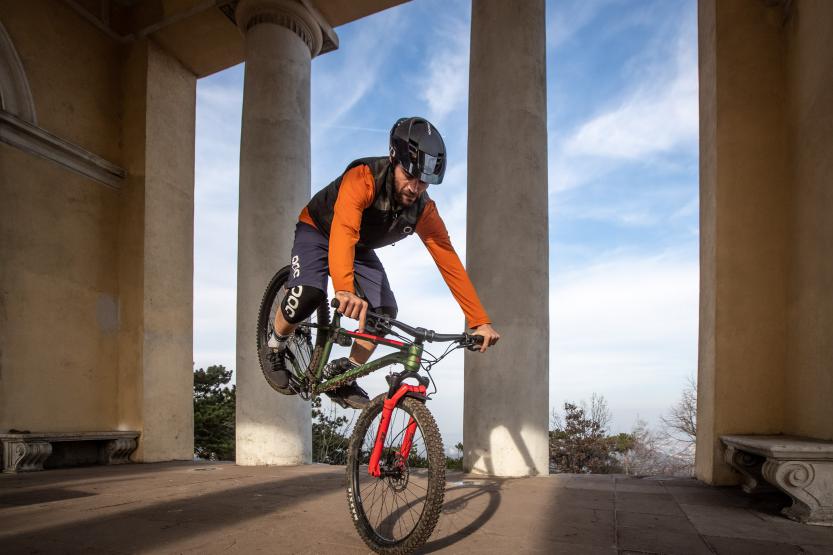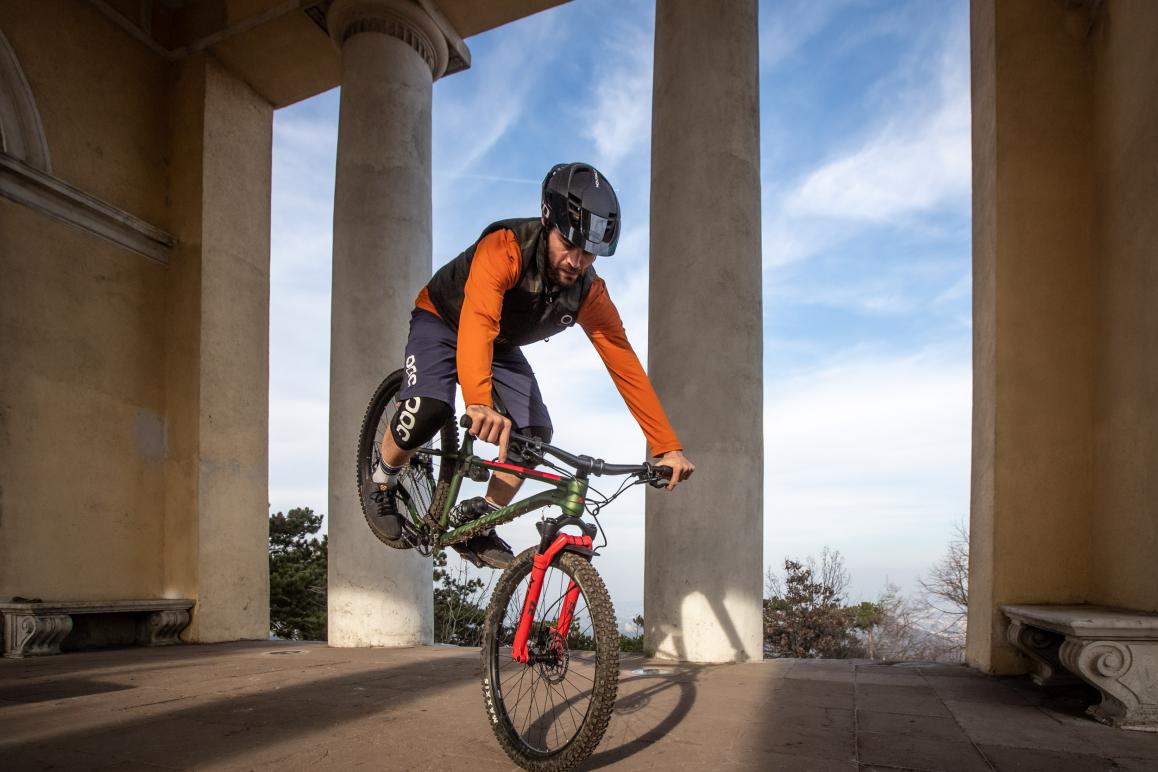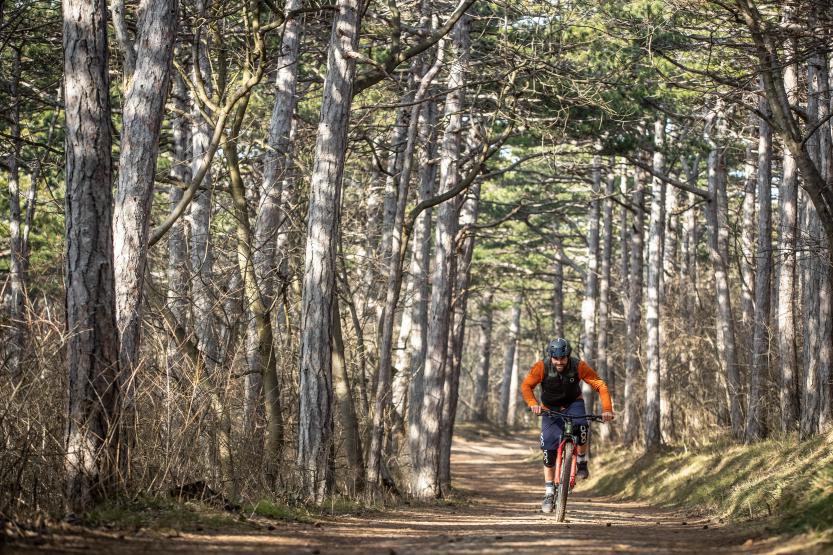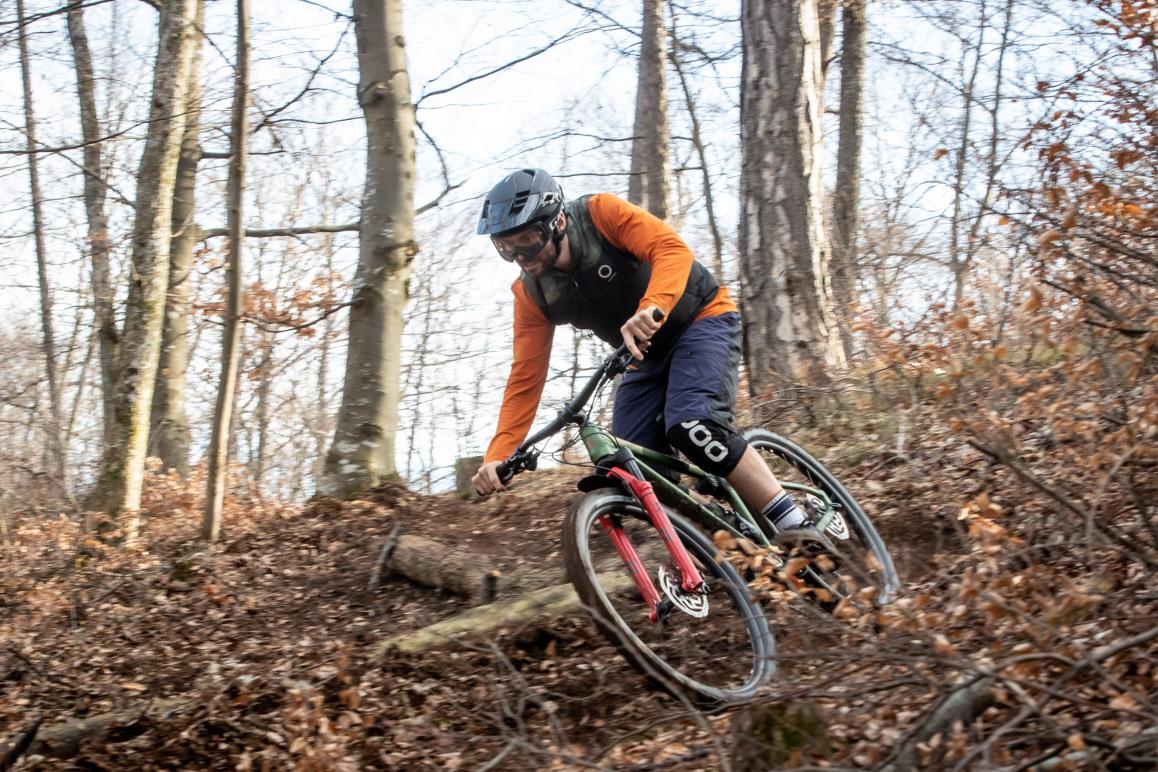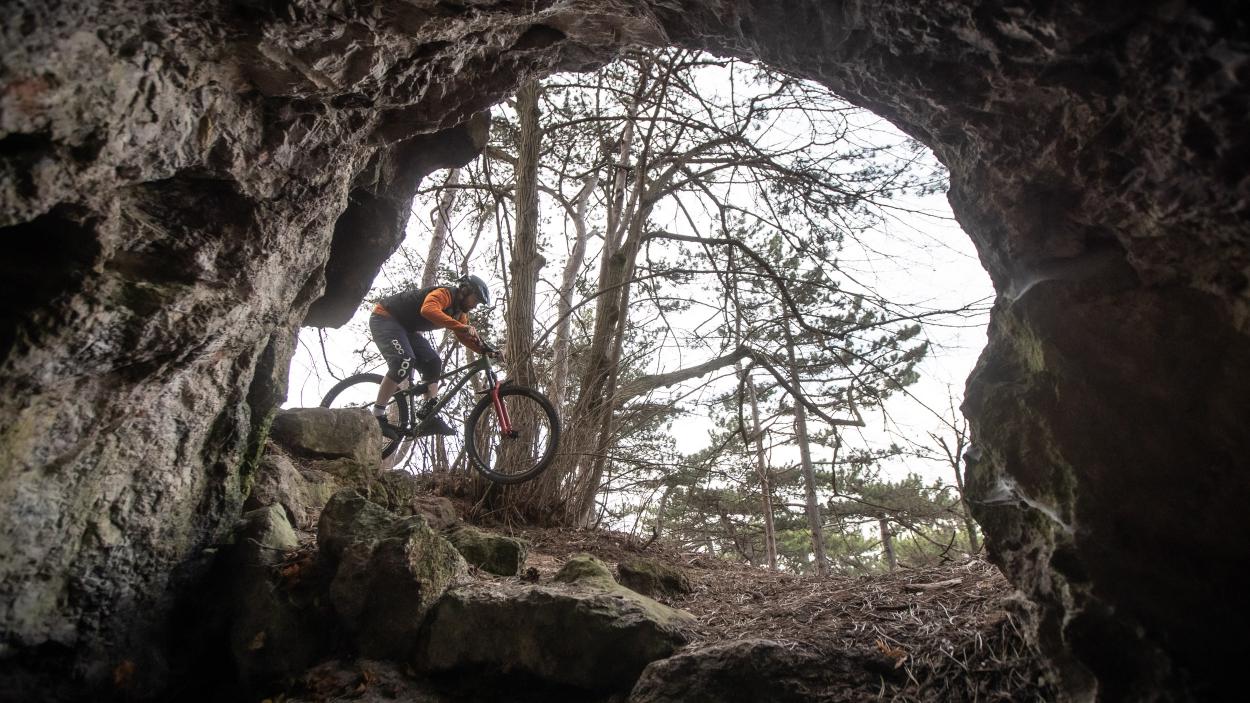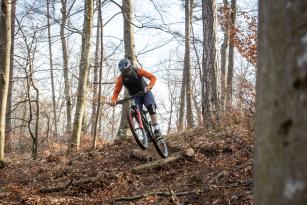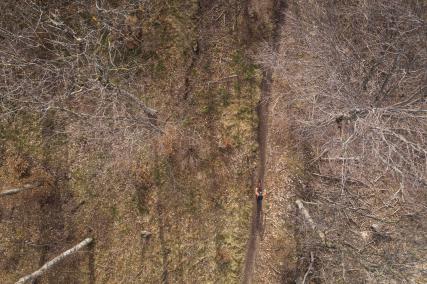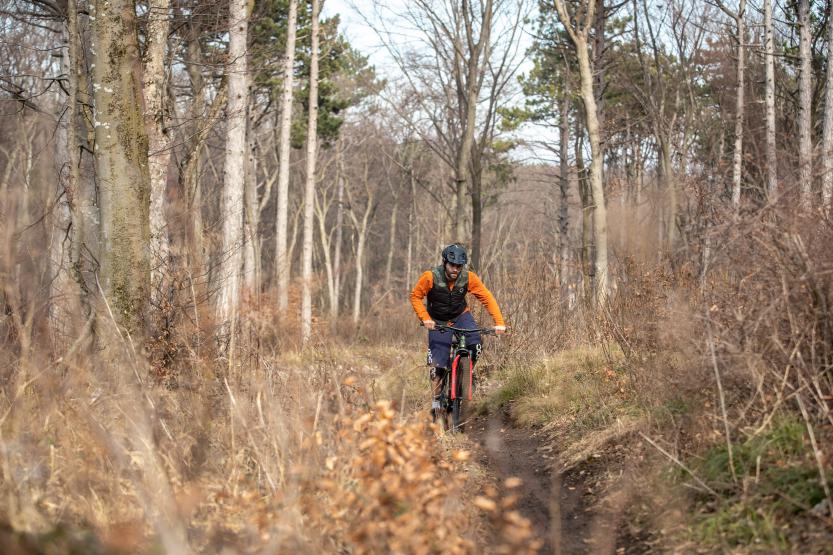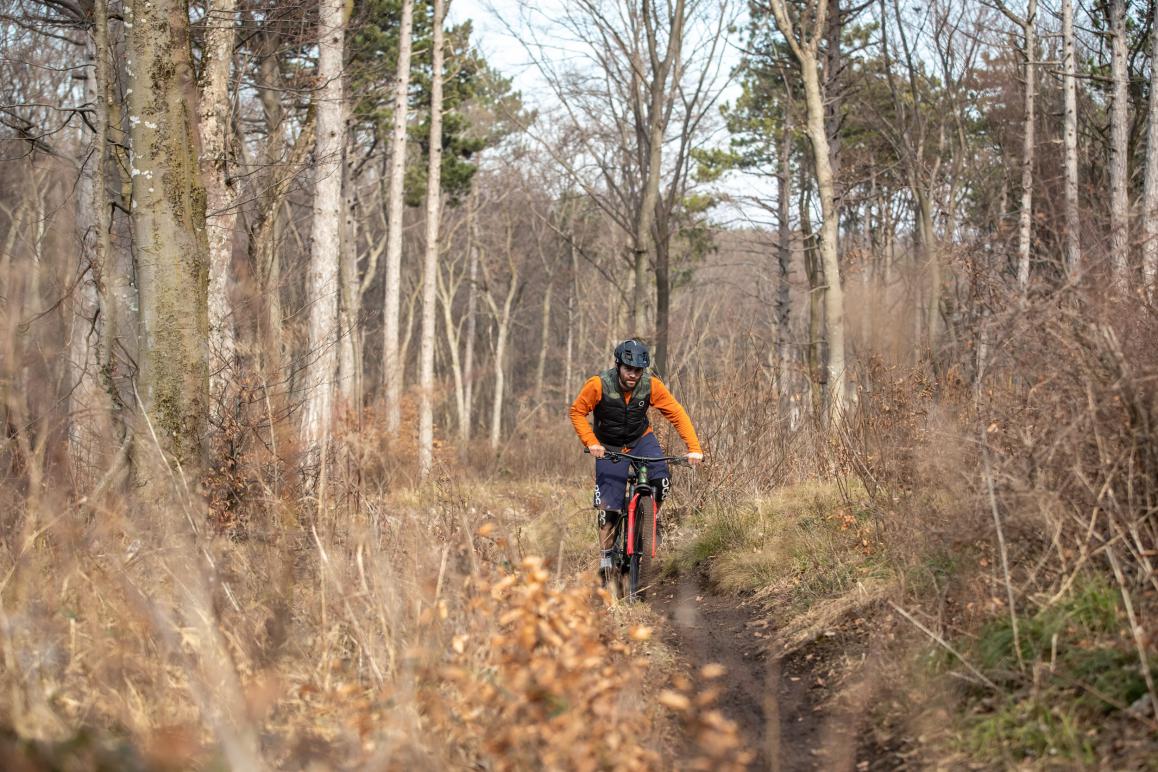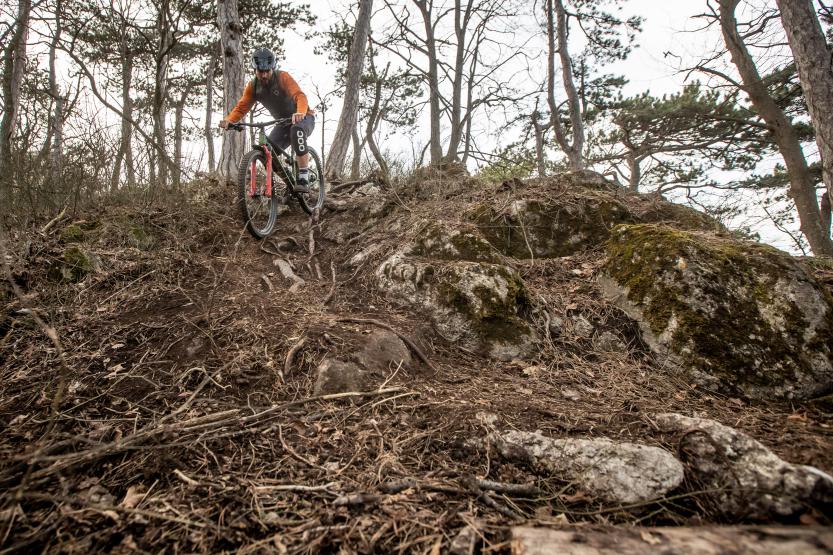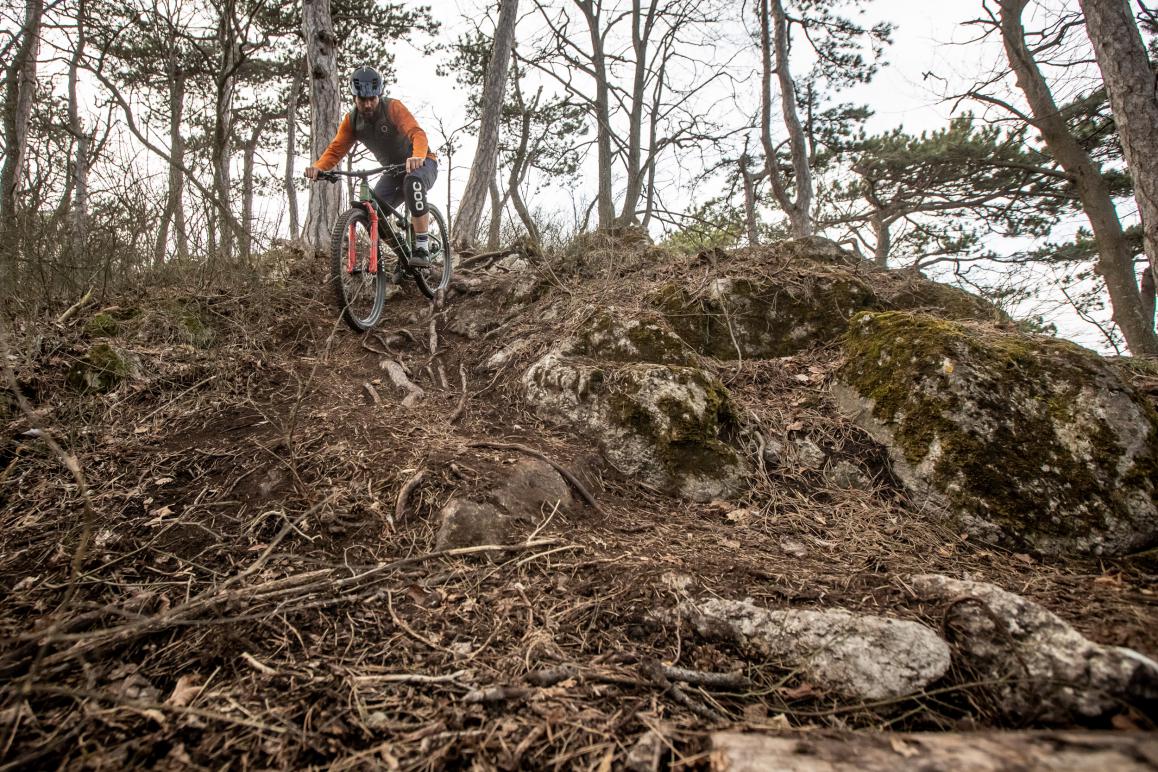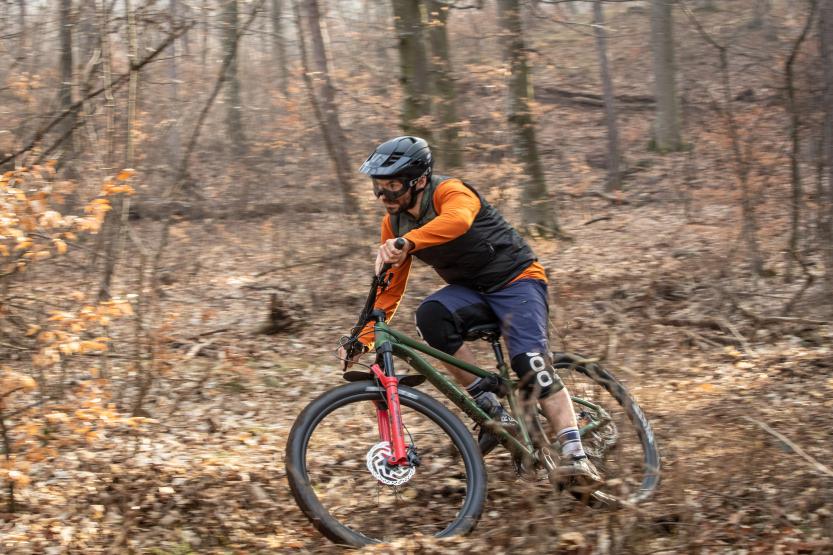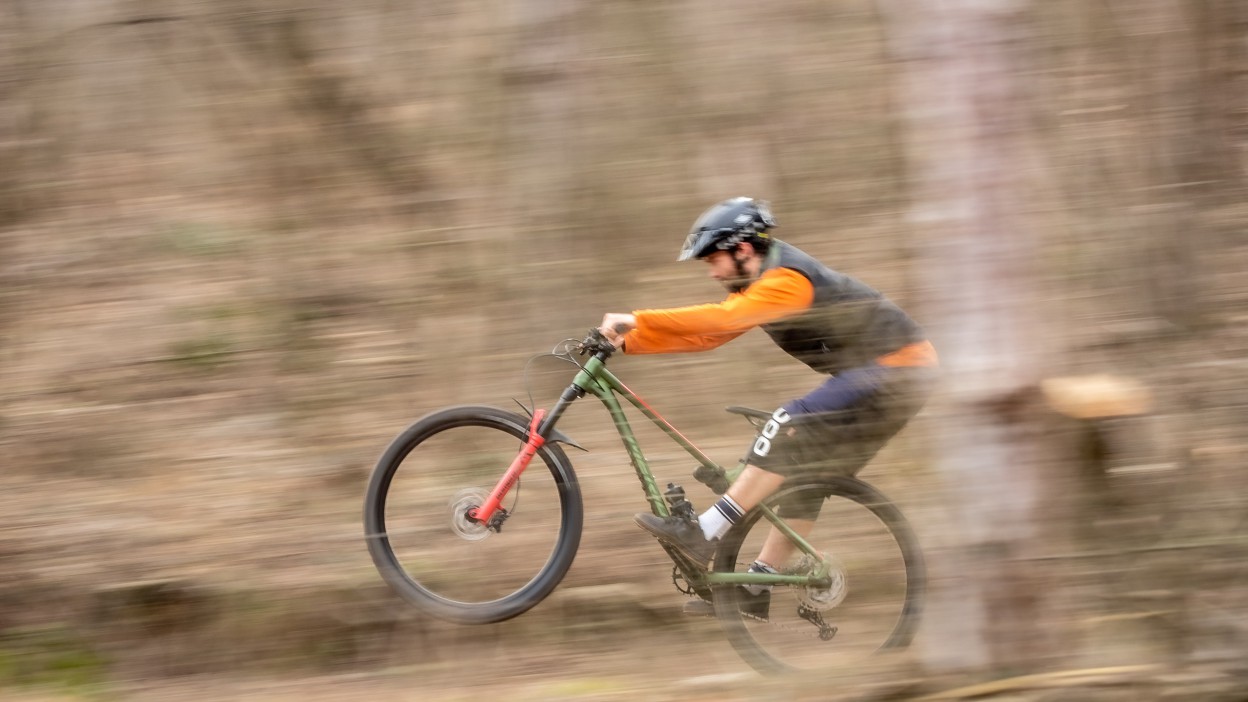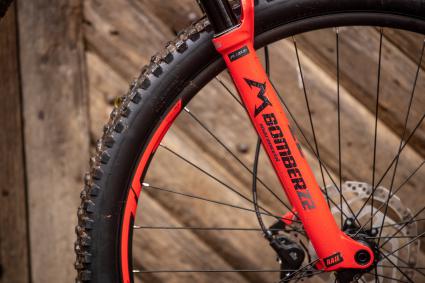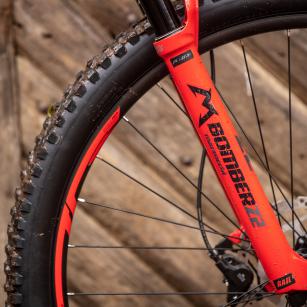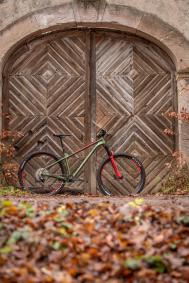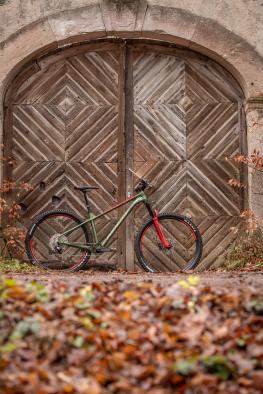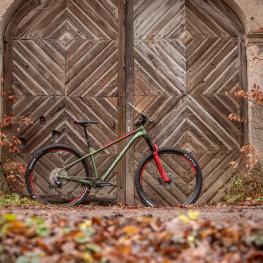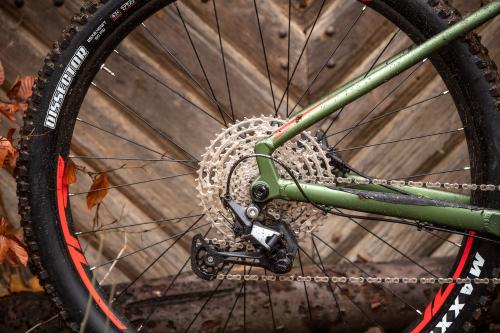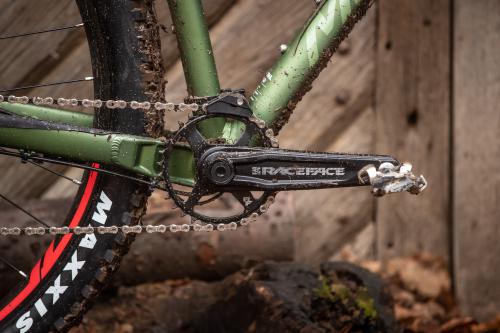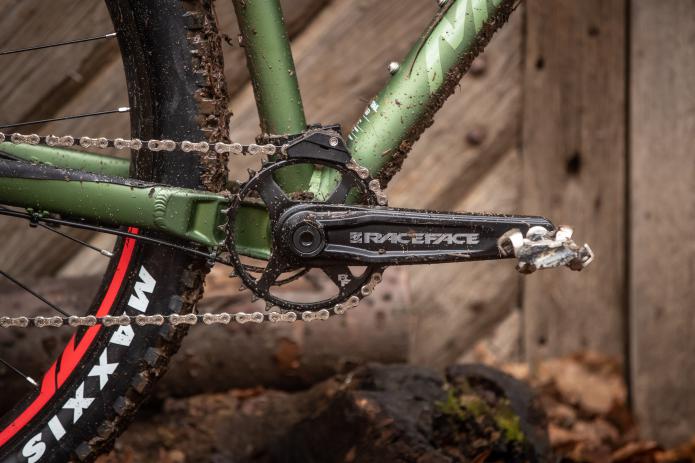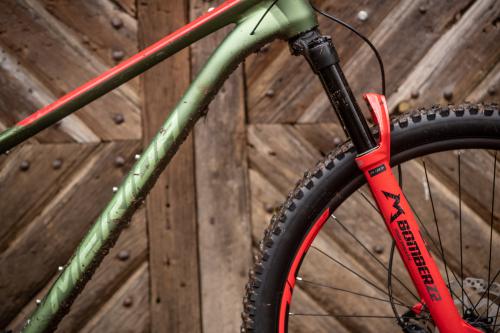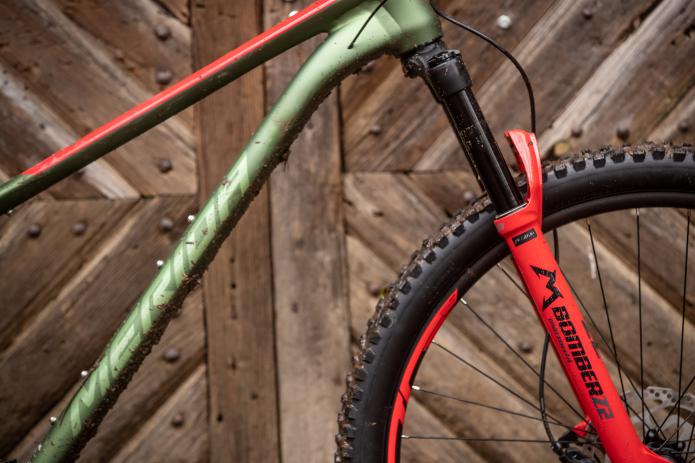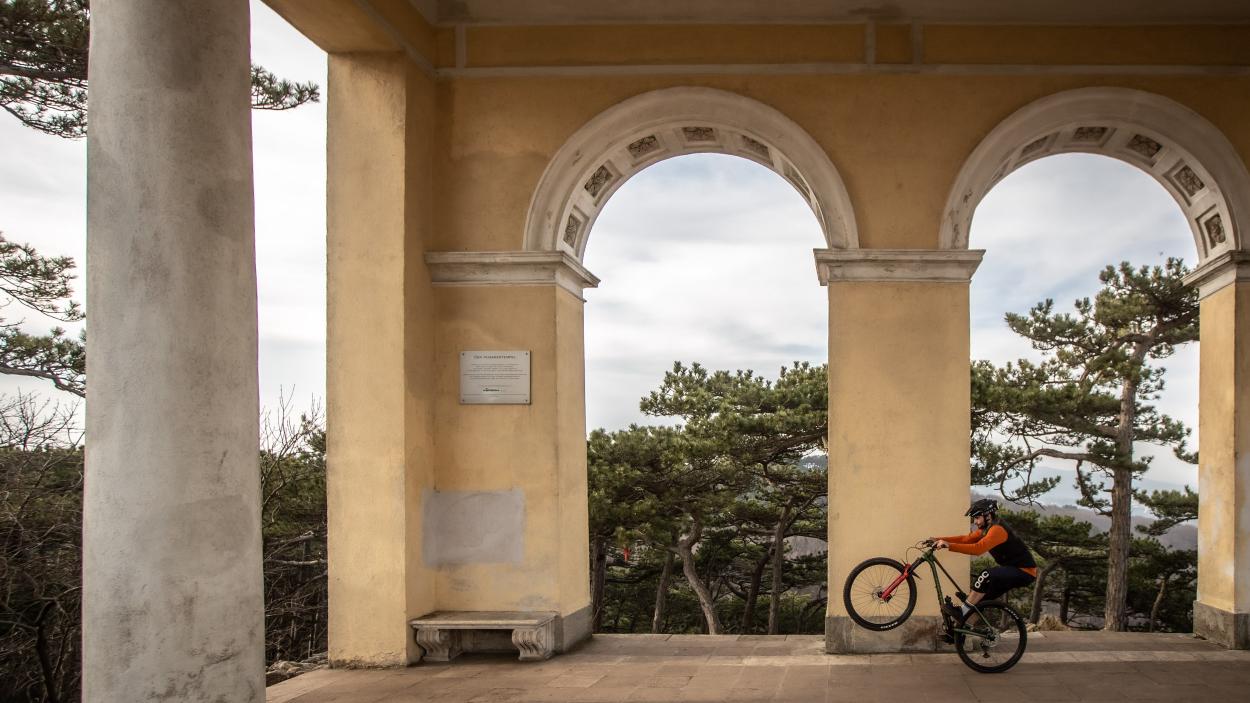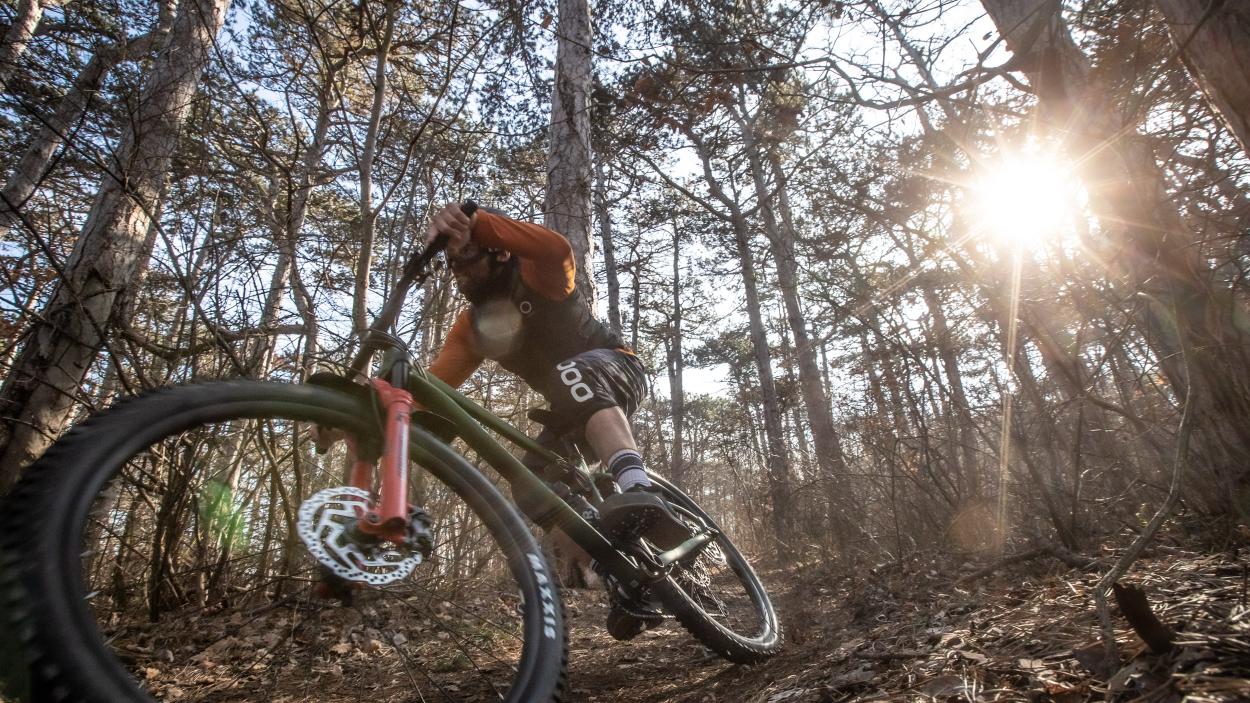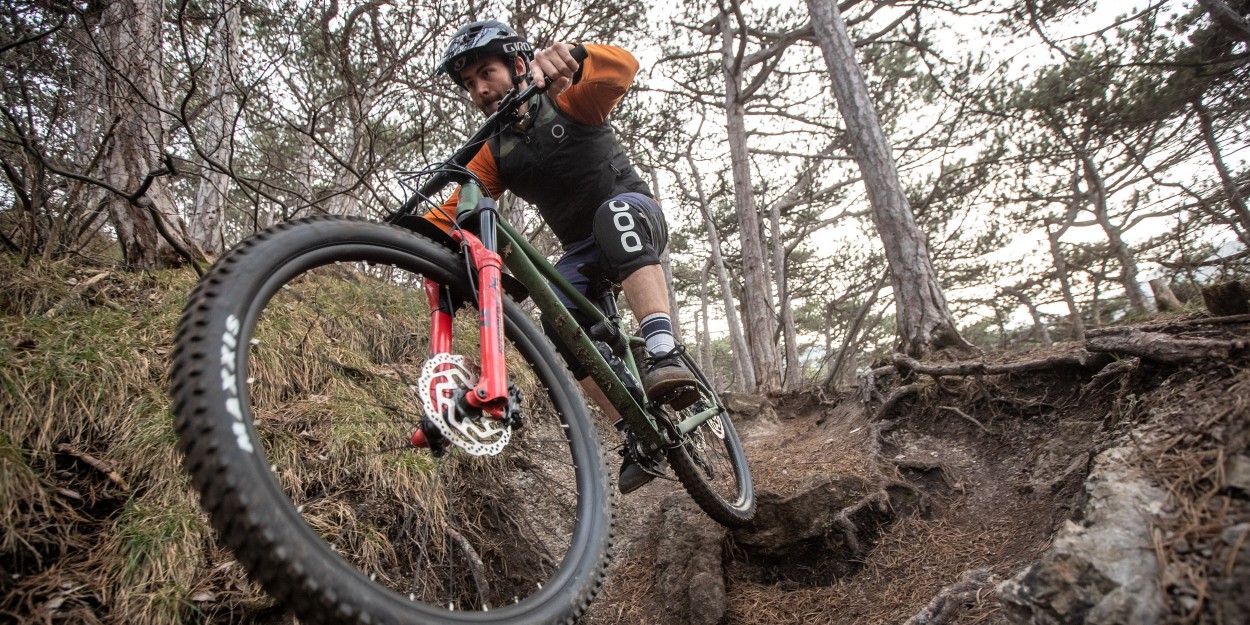
Tested: Merida Big.Trail 2021
08.03.21 05:22 12.0582021-03-08T05:22:00+01:00Text: Gabriel WaringerName: Gabriel Waringer Alter: 33 Jahre Größe: 183 cm Schrittlänge: ehrliche 843 mm Gewicht: ~ 82kg Fahrstil/ -können: Ein Gravelbike ersetzt (k)ein MTB!
Klicke für alle Berichte von Gabriel WaringerTested: Merida Big.Trail 2021
08.03.21 05:22 13.4312021-03-08T05:22:00+01:00 Gabriel WaringerName: Gabriel Waringer Alter: 33 Jahre Größe: 183 cm Schrittlänge: ehrliche 843 mm Gewicht: ~ 82kg Fahrstil/ -können: Ein Gravelbike ersetzt (k)ein MTB!
Klicke für alle Berichte von Gabriel WaringerTwo years ago, I sold my mountain bike. It hadn't been an easy decision, because my Enduro bike was real fun and for me – being a road bike pleb – it was a welcome change from the usual aero-race-fit-lycra routine. Also, it looked really awesome. It was even black.
A straight 160 mm of suspension travel front and rear made for some real serious trail shredding. Trips to the nearby bike parks were an integral part of the season anyway. But as it turned out, I didn't have time to spend several hours in the car every weekend to break my bones on daring trails.
So more often than expected, the Vienna Woods became my number one destination, and although a lot of flowing mountain bike routes and trails have been built there in recent years (big shout out to WienerWaldTrails | Mountainbiken im Wienerwald), my Enduro bike never felt at home there – it was like using a sledgehammer to crack a nut.
A new start
In recent years, however, development labs have put in a lot of effort. Manufacturers are working on universal trail bikes as if there was no tomorrow. Currently you’ll find more flip chips on an average bike than in a Czech casino. Slacker, steeper, higher bottom bracket, shorter wheelbase - or the other way round, just as you like. I can lose myself in various progression charts and geometry tables for hours, always aware of the danger of not seeing what's right in front of me.
Of course, it sounds tempting to adjust the geometry exactly to my needs with some small tweaks. But honestly: what exactly are my needs? And above all: which one is the right bike for me? Meanwhile, every manufacturer has at least one such marvel bike to offer, often in several price ranges and spec options – finding the proverbial needle in a haystack is easier than deciding on your next trail bike.
The question "Does it really have to be a full suspension bike?" arose for me.
Entrance: Merida Big.Trail 600
A hardtail it is then … uphill fun, downhill horror? I'd really like to ride some rough stuff, too. On paper, the bike made in Taiwan admittedly looks quite interesting: a 29" hardtail with 140 mm travel, Shimano Deore 12-speed groupset, 150 mm dropper post and internal cable routing for € 1,599? That’s quite tempting – especially when it is waiting for a test rider at Bikeboard.at.
Some might already have wondered back in 2020 why the heck we did a short review on an aluminum frame hardtail – and some might wonder now why we do it again – it’s 2021 after all, for heaven’s sake! Isn't this a bit stuck in the past considering that other manufacturers advertise full-suspension carbon rockets with customisable geometry? Is it anachronistic activism, or riding on a wave of nostalgia?
The answer is a simple no, because the market for hardtails has neither decreased in recent years, nor is there a noticeable shift in the target group. In Austria, hardtails are still strongly associated with XC race rockets, designed for competitive use, with conservative/steep/boring geometry, as little suspension travel as necessary and as little excess weight as possible. But that's not the case everywhere.
For the Big.Trail series’ reconception, Merida's engineering team called on the expertise of British dealers and their input. Why the British? Great Britain was and still is a good market for trail-tested fun bikes. And it is a market not only for high-end bikes from Nukeproof, Cotic, Hope or Whyte - to name only a few - but also for bikes in the lower price segment – ideal for opening this sport to a wide audience.
Tech Specs
| Frame | Big.Trail TFS | Grips | Merida Comp EC |
| Sizes | S/M/L/XL | Cassette | Shimano Deore M6100, 12-speed, 10-51 |
| Front Suspension | Marzocchi Z2 | Rims | Merida Expert TR, 29 mm, TLR |
| Crankset | Race Face Ride, 175 mm, 32 Z. | Hubs | Shimano MT400-B/MT410-B, CL, 110x15/148x15 |
| Rear derailleur | Shimano Deore M6100 Shadow+ | Thru-Axles | Merida Expert TR |
| Shifter | Shimano SL-MT500-IL/Shimano Deore M6100, 12-speed | Spokes | Black Stainless, 32 |
| Brakes | Shimano M4100, 2-pistons | Chain | KMC X12 |
| Discs | Shimano RT10, front/rear 180 cm | Saddle | Merida Comp CC |
| Handlebar | Merida Expert TR, 780 mm, 20 mm Rise | Seat post | Merida Comp TR, 150 mm, 0 mm setback, 30.9 |
| Headset | Merida M2331 | Seat clamp | Merida Expert |
| Stem | Merida Expert TR 50 mm, 0°, 35 mm | Weight (w/o pedals) | 13,9 kg (Bikeboard scale) |
| BB | Race Face BSA 68/73 - 24 mm | Price | € 1,599 SRP |
A hardtail is much cheaper, regarding its purchase price as well as its maintenance cost. Fewer bearings, bushings and highly complicated damper elements means fewer parts that can possibly break. Less wear and tear ultimately means more money in the bank. Therefore, it is a rather good idea to leave the expensive full-suspension bike at home in bad weather and take the dirt-resistant mud machine for a ride instead.
Big.Trail is perfectly fit for such rides. The frame allows for tyres up to 2.5", all cables disappear neatly in the down tube just behind the head tube, where they are protected from the weather without making any rattling noises.
With this concept, Merida attempts to appeal to as wide a range of buyers as possible. The entry-level model Big.Trail 200 is available for as little as € 849. The frame is designed to be accordingly versatile. There are mudguard mounts on the rear triangle and riders have the option to mount, elegantly hidden, a kickstand – and even a luggage rack. This way, Big.Trail is quickly and easily turned into Big.Commuter.
The bike even is an interesting option for fans of bikepacking tours. The frame might be too small to mount a frame bag of sufficient size. However, there are two options for mounting bottles on the down tube as well as a third mount underside of the top tube, the so-called “Trail Mount” where riders may attach tools or a tyre pump.
But that's not all. The top model offers a hidden multitool underneath the saddle and an Allen key tool in the rear axle. Nice!
Out Of The Box
The first thing that catches the eye is the bike’s frame. I can't help but think of a dirt bike. My test bike is a size L; according to the online size configurator it's supposed to fit riders of my height (183 cm) quite well, but somehow the frame seems rather small.
A quick glance at the geometry table shows that both seat tube (430 mm) and rear triangle (435 mm) are rather short, but there is a reason for this crazy geometry: the low seat tube allows for massive dropper posts – the bike comes ex works with Merida’s own Comp TR with 150 mm travel. The short rear triangle, low bottom bracket, the wheelbase and extremely low centre of gravity of the entire bike literally anchor the Big.Trail to the ground.
The individual frame is complemented by a very fetching, Ferrari-red Marzocchi Bomber Z2. Of course, the suspension fork with 140 mm travel immediately brings back memories of the "real" Bomber from way back. This fork heralded a new era in the mountain bike world. It was a must on any pro bike. In 1996 Rob Warner rode to first place in Kaprun in a Giant skinsuit, not least thanks to the revolutionary Bomber Z1.
Since my colleague Luke Biketalker tested it the year before, there’s no more exciting stuff to be reported on the new Z2. So, to read more, please go to: Test: 2020 Marzocchi Bomber Z2.
Geo
| Size | S | M | L | XL |
| Seat tube length (mm) | 380 | 410 | 430 | 450 |
| Head tube length (mm) | 95 | 100 | 110 | 120 |
| Tope tube length (mm) | 579 | 600 | 622 | 645 |
| Chainstays length (mm) | 435 | 435 | 435 | 435 |
| Head angle (°) | 65.5° | 65.5° | 65.5° | 65.5° |
| Seat angle (°) | 75.5° | 75.5° | 75.5° | 75.5° |
| Wheelbase (mm) | 1,150 | 1,172 | 1,196 | 1,220 |
| BB-offset (mm) | 66.5 | 66.5 | 66.5 | 66.5 |
| Stand-over-height (mm) | 716 | 723 | 725 | 728 |
| Stack (mm) | 636 | 641 | 650 | 659 |
| Reach (mm) | 415 | 435 | 455 | 475 |
The new Big.Trail is no longer specced with 27.5Plus tyres but was put on sensible 29" wheels with Boost standard.
Shimano hubs and quite presentable Merida Expert TR rims with an inner width of 29 mm, all in black (the decals on the rim may easily be removed), have proven to be a reliable choice for this trail rocket. They are not really lightweight, but their 32 spokes front and rear keep the wheels reliably on track. Also, the hidden 4- or 6-Allen key in the rear axle is a cool feature.
The top model got specced with a Shimano M6100 1x12-speed drivetrain. A really fine groupset, technically equal to an SLX, offering many technologies that have found their way into the low-price segment as trickle-down features from the prestigious groupsets XTR and XT.
Furthermore, it is great that Merida opted for a standard, bolted BSA bearing for 24 mm axles. Why there is a Race Face Ride on the bike instead of an M6100 crank, I couldn't tell. Perhaps it's simply due to supply bottlenecks, of which there are a few these days as I've heard. Anyway, the Race Face crank is certainly as good as Shimano’s, and visually this straight-to-business solution fits into the overall concept very well.
Only the braking system seems to have been compromised on – sure, Shimano’s M4100 brakes do their job. Brakes with two pistons only, however, are like alcohol-free Swedish beer: they shouldn’t exist. Even the two massive 180 brake discs can’t change this fact.
The other components are mostly Merida’s own aluminum parts: 780 mm handlebars (35 mm clamping!), 50 mm stem, seat clamp, grips and the 150 mm dropper post mentioned earlier. Nevertheless, and this needs to be emphasised, every part has clean, high-quality looks and feel. The handlebars could just as well be from Renthal, and the grips’ quality is quite similar to Ergon products.
It is this attention to detail that I particularly like about the Big.Trail. The remote lever for the dropper post, for example, could be a cheap plastic product, as it is the case with many entry-level bikes; but Merida opted for an SL-MT500-IL, which imitates the feel and usability of the right-hand shift lever and, thanks to I-SPEC II compatibility, is fixed to the handlebar with just one clamp together with the brake. This results in a pleasantly clean cockpit with many adjustment options – depending on the rider's preferences, the gear lever can be moved to the left and right, as well as tilted forwards and backwards, until the perfect ergonomic position is found.
Kudos, the geometry is spot on!
Riding impressions
So where and now should I put this this monster-commuter-trail-shred-bikepacking ride to the test? It's definitely too good for city use, hence the daily commute to work isn't an option. Bikepacking may sound tempting, but with temperatures just above zero degrees Celsius I’d prefer to postpone such activities to warmer days. So, all that's really left is some trail riding. In winter, however, the Vienna Woods trails are officially closed and usually so muddy that they aren't worth a try... However, after some initial hesitation I’ve come to see the whole point of the Big.Trail in this exact scenario: it doesn’t care what the weather is like. The dirtier the better. Get on the bike and into the mud!
Have I already mentioned the Maxxis Dissector? Developed in close collaboration with Troy Brosnan, these tyres are a fusion of Rekon, Minion DHF and High Roller II – in a nutshell, a God's gift if grip matters more than weight.
At 2.4 inches, i.e., 61 millimetres after all, the tyres weigh just under 900 grams each. If you take into account the roughly 200 grams for the respective inner tube, the weight climbs to almost 2.2 kg. Boom. Therefore, the tyre choice amounts to about 16 % of the bike’s total weight of 13.9 kg.
Nevertheless, I’ve had no reason for criticism – even the muddiest passages, the wettest roots, the most slippery ice were no problem. Well, admittedly I didn’t ride on ice. I lied on this one. But all other surfaces I honestly had no problems riding on. Unfortunately, I haven't had many rides in dry weather so far, so I can't say much about rolling resistance and cornering behaviour. Since I have always been a fan of High Roller II, I assume that the Dissector tyres also work great on dusty terrain. However, I think that more easy-rolling tyres would be more appealing to the average rider.
Uphill, the Big.Trail is a very relaxed ride. It does well, even on steep climbs the front wheel always stays on the ground (of course that is considering the tyres). Thanks to the glorious gear ratio of 32-51, even I can get up every climb - not fast, but reliably so.
I could point out how smooth the Deore shifting system works, but I won’t, because this is no surprise. Speaking of smoothness, that's exactly how the bike takes most descents, both in terms of surface and the feel of the bike. Downhill the Big.Trail is surprisingly agile; despite its considerable dimensions, it takes obstacles and tight tree gaps almost gracefully. Kudos, the geometry is spot on!
The fact that it is a hardtail is not a deficit, but rather a challenge. This stripped-down bike demands much more attention; it does not simply cover up mistakes, like full suspension bikes do, but gives rather straight feedback. This also forces the rider to rethink and adjust the ride line on familiar trails. In a way, a hardtail requires more attentiveness and experience than a full suspension bike, which makes it interesting for experienced bikers, too.
Conclusion
| Merida Big.Trail 600 | |
|---|---|
| Model year: | 2021 |
| Test duration: | 3 months |
| Price: | € 1,599 SRP |
| + | Clever concept |
| + | Coherent overall package |
| + | Attention to detail |
| + | Marzocchi Bomber Z2 |
| - | Tyres too hardcore |
| - | 2-piston brakes |
| BB judgement: | Fun is guaranteed with this stripped-down bike |
With their revised Big.Trail, Merida has really nailed it. Our world has become more and more complicated for years, and this trend has not stopped at mountain bikes. As cool as I think the latest generation of trail- and Enduro full suspension bikes is, only few of us won’t cringe when looking at their price tag.
That's why it's important to show that even beginners don't have to compromise on fun. Big.Trail is a bike for purists and all those who want to become one.
The bike's specs cannot be beaten, and the few weaknesses – such as the poor braking system – may confidently be ignored. Some upgrading doesn't cost a fortune and is done quickly.
For next season, I plan to optimise the bike’s weight and will possibly go on one or two bikepacking tours with it. Because, of course, I bought this bike. Who can turn down such an opportunity after all?






